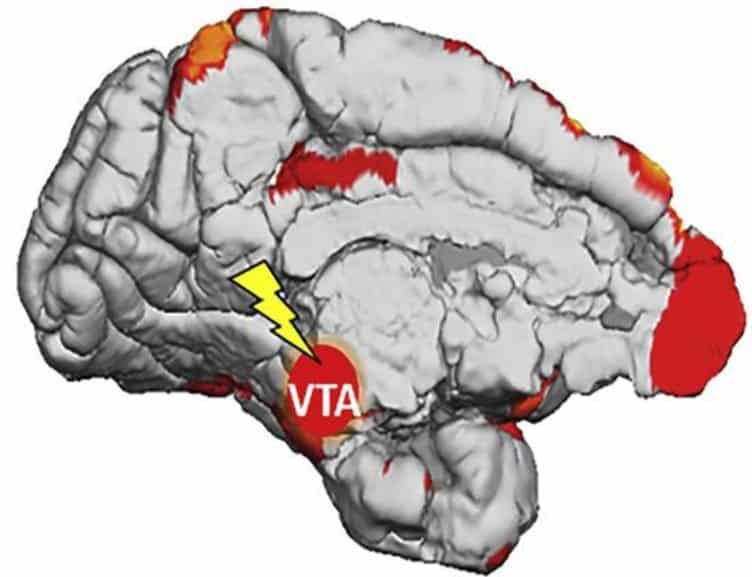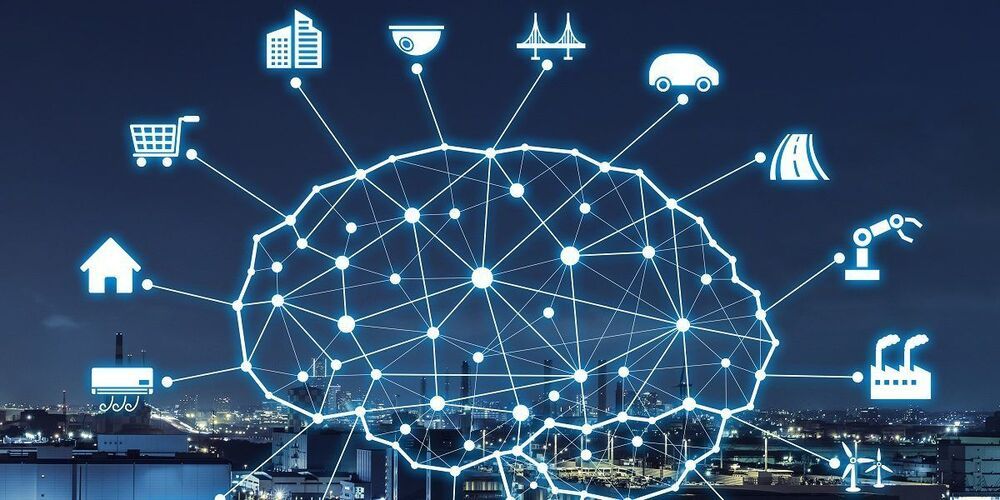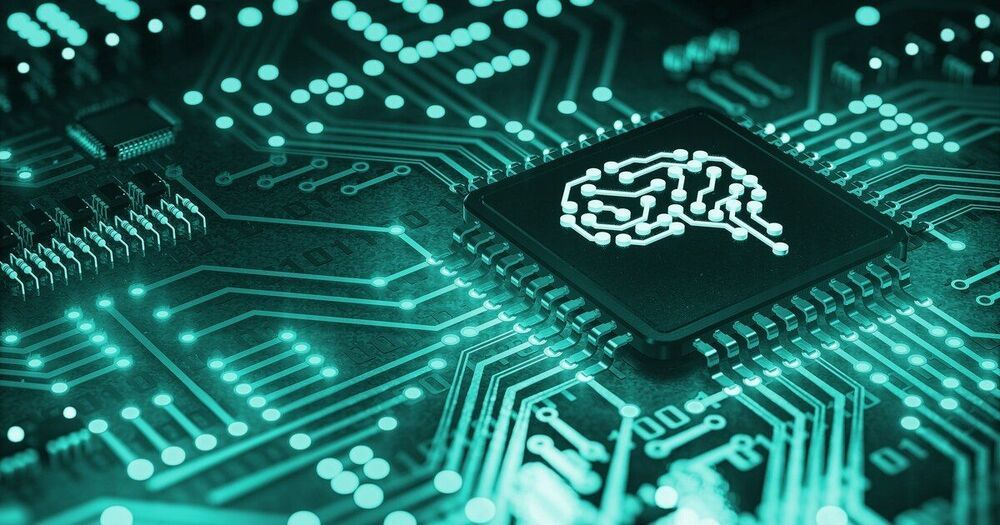BeeWize has invented a new kind of beehive that can help prevent colony collapse — which is threatening pollination across the world.



GUANGZHOU, China — Baidu has raised money for its artificial intelligence (AI) semiconductor business at a valuation of $2 billion, a person familiar with the matter told CNBC.
It comes as the Chinese search giant looks to diversify its revenue streams.
The funding round was led by CPE, a Chinese asset management and private equity firm, the person said. Venture capital companies IDG and Legend Capital were also involved. A fund under Chinese investment company Oriza Holdings also participated in the round.
Negative ions migrate to dendrite tips.

Summary: When the ventral tegmental area was stimulated, monkeys were better able to identify details associated with subconscious visual stimuli they were exposed to.
Source: KU Leuven.
Researchers uncovered for the first time what happens in animals’ brains when they learn from subconscious, visual stimuli. In time, this knowledge can lead to new treatments for a number of conditions.


The debate holds a special interest for neuroscientists; since computer programming has only been around for a few decades, the brain has not evolved any special region to handle it. It must be repurposing a region of the brain normally used for something else.
So late last year, neuroscientists in MIT tried to see what parts of the brain people use when dealing with computer programming. “The ability to interpret computer code is a remarkable cognitive skill that bears parallels to diverse cognitive domains, including general executive functions, math, logic, and language,” they wrote.
Since coding can be learned as an adult, they figured it must rely on some pre-existing cognitive system in our brains. Two brain systems seemed like likely candidates: either the brain’s language system, or the system that tackles complex cognitive tasks such as solving math problems or a crossword. The latter is known as the “multiple demand network.”


At microscopic scales, picking, placing, collecting, and arranging objects is a persistent challenge. Advances in nanotechnology mean that there are ever more complex things we’d like to build at those sizes, but tools for moving their component parts are lacking.
Now, new research from the University of Pennsylvania’s School of Engineering and Applied Science shows how simple, microscopic robots, remotely driven by magnetic fields, can use capillary forces to manipulate objects floating at an oil-water interface.
This system was demonstrated in a study published in the journal Applied Physics Letters on January 28, 2020.

STUTTGART, Germany — NATO and its member nations have formally agreed upon how the alliance should target and coordinate investments in emerging and disruptive technology, or EDT, with plans to release artificial intelligence and data strategies by the summer of 2021.
In recent years the alliance has publicly declared its need to focus on so-called EDTs, and identified seven science and technology areas that are of direct interest. Now, the NATO enterprise and representatives of its 30 member states have endorsed a strategy that shows how the alliance can both foster these technologies — through stronger relationships with innovation hubs and specific funding mechanisms — and protect EDT investments from outside influence and export issues.
NATO will eventually develop individual strategies for each of the seven science and technology areas — artificial intelligence, data and computing, autonomy, quantum-enabled technologies, biotechnology, hypersonic technology, and space. But for the near future, the priority is AI and data, said David van Weel, NATO’s assistant secretary general for emerging security challenges.
